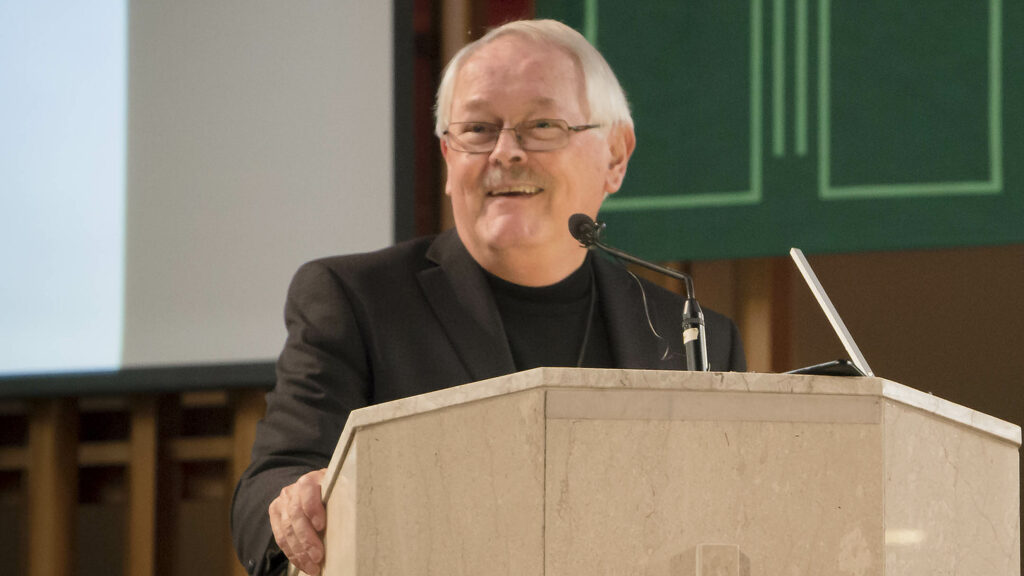Most of us are familiar with the story of Zorba the Greek, either through Nikos Kazantzakis’ famous book or through the movie. Well, Zorba was not a fictional character. He was a real person, Alexis Zorba, who had such a larger-than-life personality and energy that when he died, Kazantzakis found his death very difficult to accept, incredulous that such energy, verve, and color were mortal.
On learning of Zorba’s death, this was Kazantzakis’ reaction:
“I closed my eyes and felt tears rolling slowly, warmly down my cheeks. He’s dead, dead, dead. Zorba is gone, gone forever. The laughter is dead, the song cut off, the santir broken, the dance on the seaside pebbles has halted, the insatiable mouth that questioned with such incurable thirst is filled now with clay. … Such souls should not die. Will earth, water, fire, and chance ever be able to fashion a Zorba again? … It was as though I believed him to be immortal.”
Sometimes it’s hard to believe that a certain person can die because of the life and energy that he or she incarnated. We simply cannot imagine that life-pulse dead, stilled, forever gone from this planet. Certain people seem exempt from death because we cannot imagine such energy, color, generosity, and goodness dying. How can such wonderful energy just die?
I have felt that many times in my life; most recently this past week when two former colleagues, both specially spirited, colorful, witty, and generous men, died. Kazantzakis came to mind, and his struggle to accept Zorba’s death, along with the way he tried to deal with that death. He decided he would try to “resurrect” Zorba, bring him back to life, by taking his story to the world in such a way so as to transform his life into a myth, a dance, and a religion.
Kazantzakis believed this is what Mary Magdala did in the wake of Jesus’ death, when she left his tomb and went back to the world. She resurrected Jesus by telling his story, creating a myth, a dance, and a religion.
So, in the wake of Zorba’s death, Kazantzakis said to himself: “Let us give him our blood so that he can be brought back to life, let us do what we can to make this extraordinary eater, drinker, workhorse, woman-chaser, and vagabond live a little longer – this dancer and warrior, the broadest soul, surest body, freest cry I ever knew in my life.”
Bless his effort! It made for a great story, a gripping myth, but it never made for a religion or an eternal dance because that’s not what Mary Magdala did with Jesus.
Nonetheless, there’s still something to be learned here about how to deal with a death that seemingly takes some oxygen out of the planet. We must not let that wonderful energy disappear, but keep it alive.
However, as Christians, we do this in a different way.
We read the Mary Magdala story quite differently. Mary went to Jesus’ tomb, found it empty, and went away crying; but … but, before she got to tell anyone any story, she met a resurrected Jesus who shared with her how his energy, color, love, person would now be found, namely, in a radically new modality, inside his spirit. That contains the secret of how we are to give life to our loved ones after they have died.
How do we keep our loved ones and the wonderful energy they brought to the planet alive after they have died?
First, by recognizing that their energy doesn’t die with their bodies, that it doesn’t depart the planet. Their energy remains, alive, still with us, but now inside us, through the spirit they leave behind (just as Jesus left his spirit behind).
Further still, their energy infuses us whenever we enter into their “Galilee”, namely, into those places where their spirits thrived and breathed out generative oxygen.
What’s meant by that? What’s someone’s “Galilee”? A person’s “Galilee” is that special energy, that special oxygen, which he or she breathes out. For Zorba, it was his fearlessness and zest for life; for my dad, it was his moral stubbornness; for my mom, it was her generosity. In that energy, they breathed out something of God. Whenever we go to those places where their spirits breathed out God’s life, we breathe in again their oxygen, their dance, their life.
Like all of you, I have sometimes been stunned, saddened, and incredulous at the death of a certain person. How could that special energy just die?
Sometimes that special energy was manifest in physical beauty, human grace, fearlessness, zest, color, moral steadiness, compassion, graciousness, warmth, wit, or humor. It can be hard to accept that beauty and live-giving oxygen can seemingly leave the planet.
In the end, nothing is lost. Sometime, in God’s time, at the right time, the stone will roll back and like Mary Magdala walking away from the grave, we will know that we can breathe in that wonderful energy again in “Galilee”.

